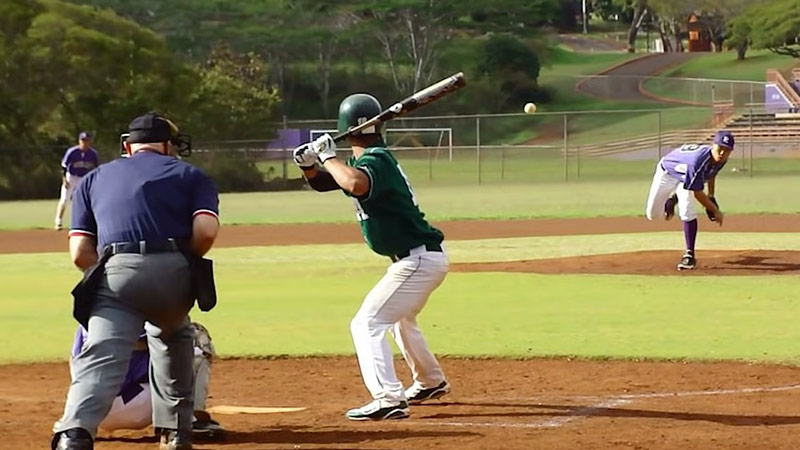Baseball, often called America’s favorite pastime, is a sport that is rich in history and tradition. It has a unique set of rules that govern the game, ensuring fairness and competitive balance. Understanding these rules is essential for players, coaches, and fans alike.
In this blog post, we will explore the top 10 baseball rules and provide detailed explanations for each, including situations where they are applied and the penalties associated with them.
So, whether you’re a seasoned baseball enthusiast or a newcomer to the game, let’s dive into these rules and gain a deeper understanding of the intricacies that make baseball such an exciting sport.
Top 10 Baseball Rules
Though there are hundreds of baseball rules out there, you can possibly understand the gameplay and enjoy it if you are well aware of the following baseball rules.
1. Uncaught Third Strike
In baseball, if a batter swings and misses on a third strike, and the catcher fails to catch the ball cleanly, the batter has the opportunity to run to first base. This rule provides a chance for the batter to reach base even after a third strike.
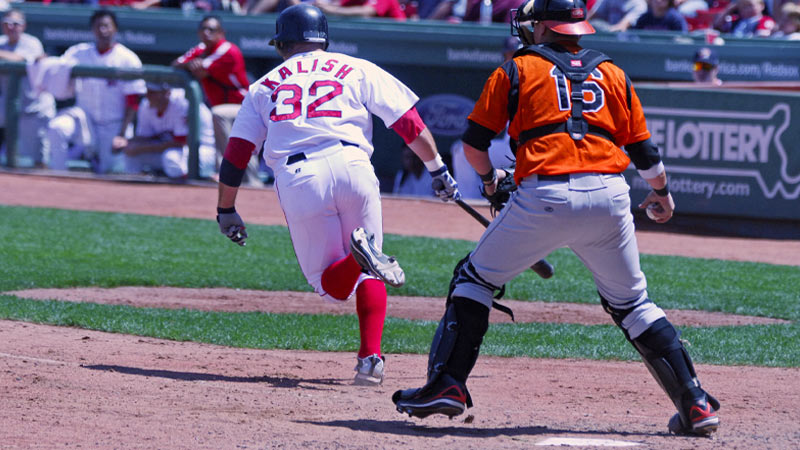
Source: wikipedia.org
Situations
This rule is applied when a batter swings and misses on the third strike, but the catcher fails to catch the ball cleanly, allowing the batter to try to reach first base before being thrown out.
Penalties
If the batter successfully reaches first base before the ball is thrown to first base and the defensive team records an out, the batter is safe at first.
However, if the batter is thrown out at first base, the batter is considered out. There are no additional penalties associated with this rule.
2. Tie Goes to the Runner
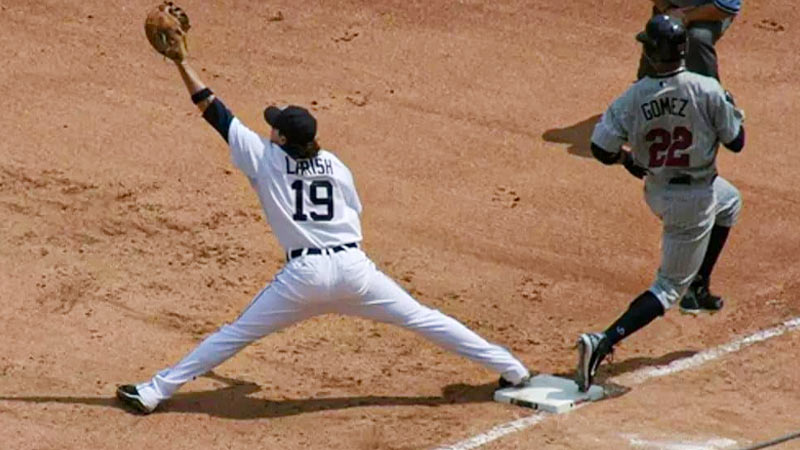
Source: baseballbible.net
When a play is extremely close at a base, the general principle is that the tie goes to the runner, meaning the runner is considered safe.
This rule gives the advantage to the offensive team in situations where it is difficult to determine who reached the base first.
Situations
This rule is applied when there is a close play at a base, such as when a runner is attempting to reach a base before a fielder tags them or throws to the base to record an out. If the runner and the fielder touch the base at the same time, the runner is ruled safe.
Penalties
There are no penalties associated with this rule. If the runner and the fielder both touch the base at the same time, the runner is ruled safe, and play continues.
3. Infield Fly Rule
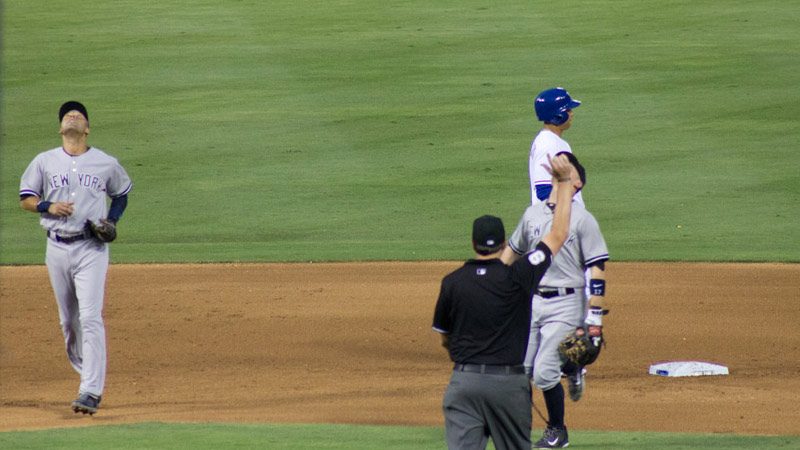
Source: wikipedia.org
The infield fly rule is in effect when there are less than two outs, and there are runners on first and second base or the bases are loaded. If a fair fly ball can be caught by an infielder with ordinary effort, the batter is automatically out, and the runners are not forced to advance.
This rule prevents the defense from gaining an unfair advantage by intentionally not catching a routine fly ball.
Situations
This rule is applied when there are fewer than two outs, and there are runners on first and second base or the bases are loaded, and a fair fly ball is hit that can be caught by an infielder with ordinary effort.
Penalties
If the umpire determines that the fly ball meets the criteria for the infield fly rule, the batter is automatically called out, and the runners do not need to advance.
However, if the fielder intentionally drops the ball to try to get a double play or a force-out, the umpire may rule it as an infield fly violation, and the batter will be safe at first base.
4. Balk
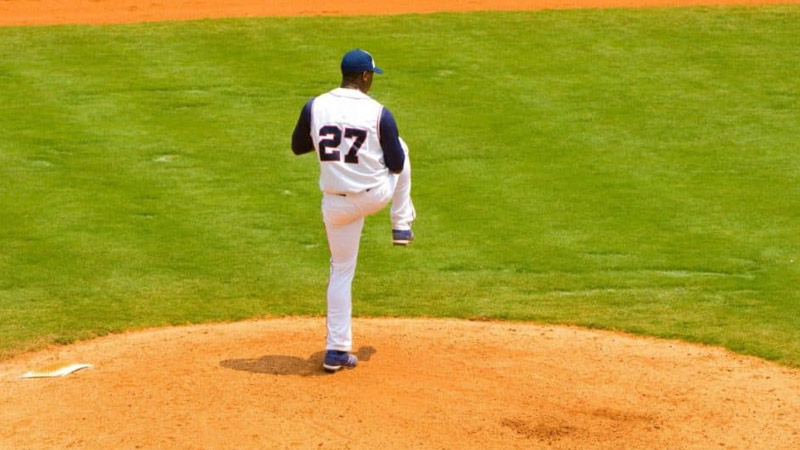
A balk is called when the pitcher makes an illegal movement or action while on the pitcher’s mound, resulting in the advancement of any runners on base.
The purpose of this rule is to prevent pitchers from deceiving baserunners and gaining an unfair advantage.
Situations
This rule is applied when the pitcher performs an illegal action while on the pitcher’s mound, such as faking a throw to a base without actually throwing, making an abrupt motion that deceives the baserunner, or failing to come to a complete stop during the pitching motion.
Penalties
When a balk is called, each runner on base is awarded one base. For example, if there is a runner on the first base and a balk is called, the runner will automatically advance to the second base.
If the balk is called with no runners on base, it results in a ball being added to the batter’s count. If a pitcher commits multiple balks during an inning, it can lead to further penalties, such as ejection from the game.
5. Fair Balls
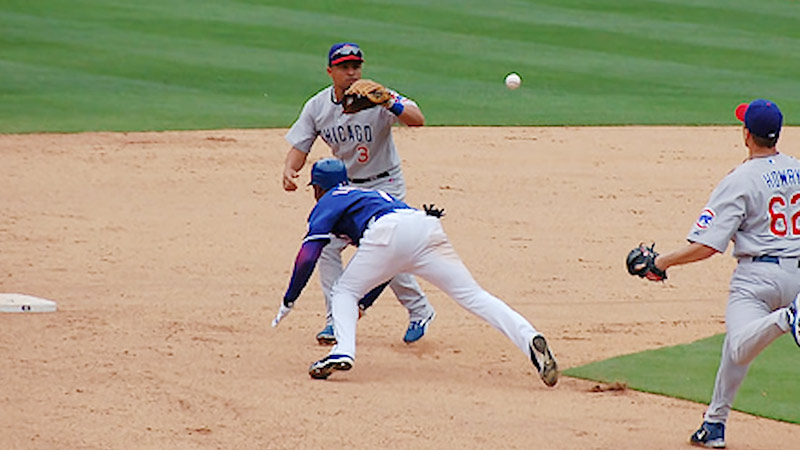
Description: In baseball, fair balls and foul balls are determined by where the batted ball settles or is touched on the field.
Fair balls are in play, while foul balls result in a strike (unless the batter already has two strikes) or are considered dead balls.
Situations
This rule is applied when a batter hits a ball into play.
If the ball settles or is touched within the fair territory, between the foul lines, it is a fair ball. If the ball settles or is touched in foul territory, outside the foul lines, it is a foul ball.
Penalties
If the batter hits a fair ball, it remains in play, and the batter attempts to reach base. However, if the ball is declared foul, the batter must try again, and it counts as a strike (unless the batter already has two strikes).
Additionally, if a fielder catches a foul ball, it results in an out. Fair/foul calls are made by the umpires on the field, and their decision is final.
6. Pinch Hitter
In baseball, a pinch hitter or pinch runner is a player who substitutes for another player in the lineup. This rule allows teams to strategically use different players in specific situations to enhance their chances of success.
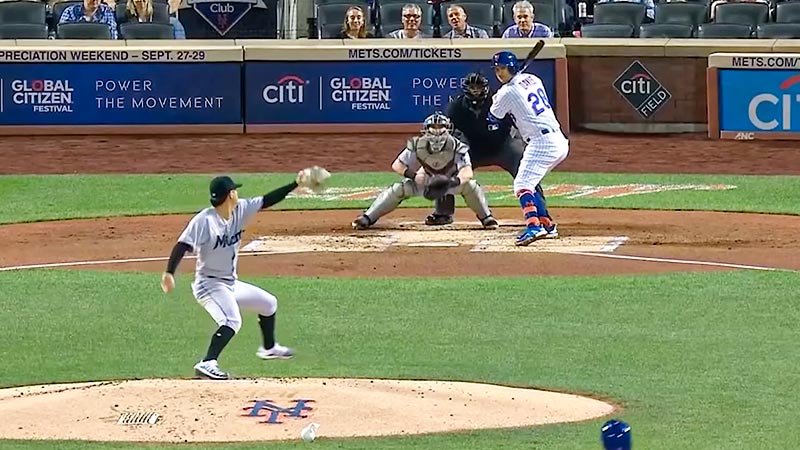
Situations
This rule is applied when a team decides to substitute a new player (pinch hitter or pinch runner) for an existing player during the game.
A pinch hitter replaces the batter, usually to take advantage of a favorable matchup against the opposing pitcher. A pinch runner replaces a baserunner to add speed or improve baserunning skills.
Penalties
There are no penalties associated with using a pinch hitter or pinch runner. However, once a pinch hitter or pinch runner enters the game, the player they substituted for is typically no longer eligible to return to the game, except in specific circumstances, such as injury.
7. Tagging Up
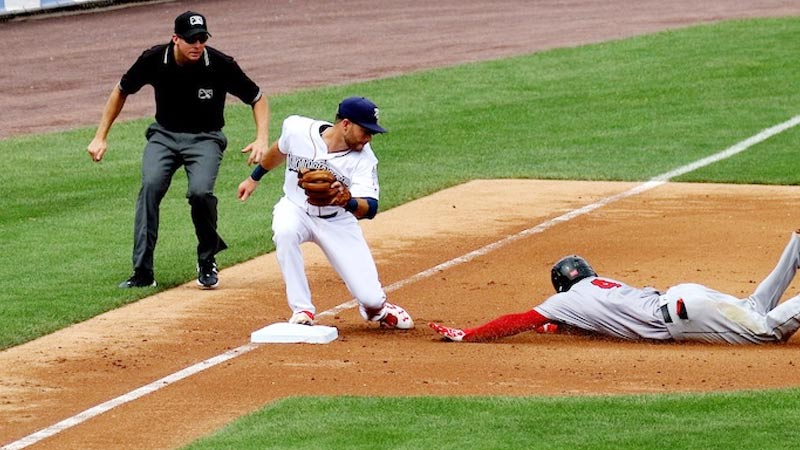
Source: baseballscouter.com
When a fly ball is caught, runners must “tag up” by touching the base they occupied before the catch. This rule prevents runners from advancing until the ball is caught, and if they leave the base early, they can be called out.
Situations
This rule is applied when a batter hits a fly ball that is caught by a fielder. Before attempting to advance to the next base, baserunners must return to the base they were occupying at the time of the catch and “tag up.”
Penalties
If a runner leaves the base before “tagging up” and the fielder successfully catches the fly ball, the fielder can throw the ball to the base the runner left early to record an out.
If the runner leaves early and the fielder does not catch the ball, the runner must return to their original base and can be tagged out by the fielder if they reach the base before the runner tags up.
8. Ground Rule Double
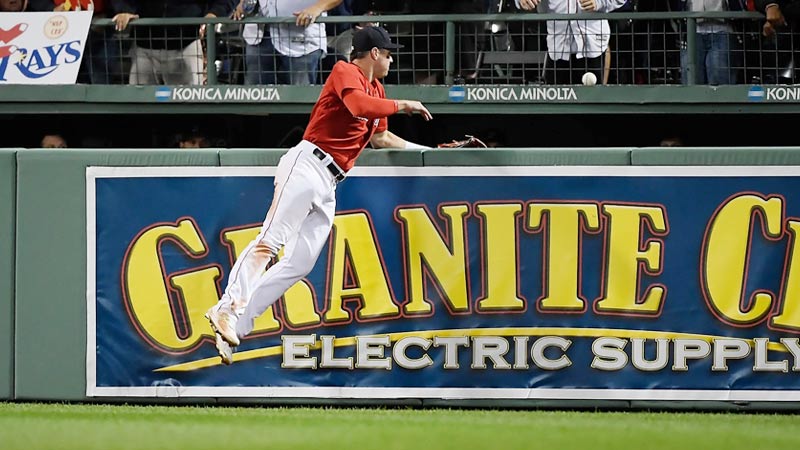
Source: usatoday.com
A ground rule double is awarded when a batted ball bounces over the outfield fence or becomes lodged in a permanent object on the field, such as the outfield wall or a railing.
This rule provides a standard outcome for balls that do not remain in play due to their unique trajectory or interaction with the field.
Situations
This rule is applied when a batted ball bounces over the outfield fence or becomes stuck in a permanent object on the field, preventing the defense from making a play on the ball.
Penalties
When a ground rule double is called, the batter and any baserunners are awarded two bases from the time of the pitch. For example, if the batter hits a ground rule double with no runners on base, the batter is placed on second base.
If there are baserunners, they are each awarded two bases from their original position at the time of the pitch.
9. Video Replay Review
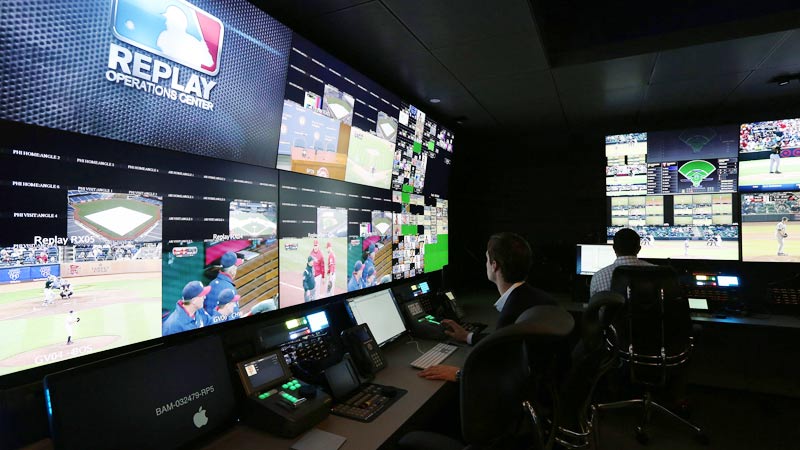
Source: nytimes.com
Video replay review, also known as instant replay, allows umpires to review certain calls on the field using video footage to ensure accuracy. This rule aims to minimize incorrect calls and promote fairness in the game.
Situations
This rule is applied when there is a disputed call on the field, such as determining whether a ball was fair or foul, whether a catch was made, or whether a runner was safe or out.
Penalties
There are no penalties associated with video replay reviews. If a call is overturned after review, the appropriate ruling is made based on the video evidence.
Each team is typically allowed a limited number of challenges per game, and if a challenge is unsuccessful, it may result in the loss of a challenge opportunity.
10. Ambidextrous Pitcher Rule
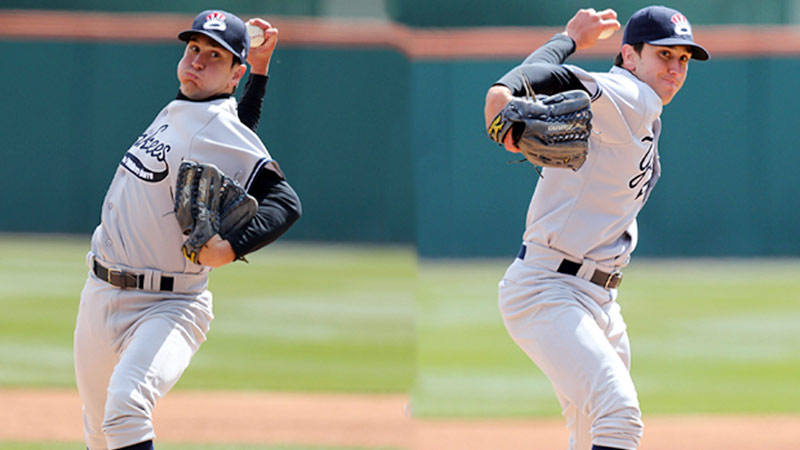
Source: bill37mccurdy.com
The ambidextrous pitcher rule allows a pitcher to switch throwing arms during an at-bat, provided they notify the umpire and give the batter an opportunity to adjust.
This rule accommodates pitchers who have the ability to throw with both arms and allows for strategic advantages and matchup opportunities.
Situations
This rule is applied when a pitcher intends to switch throwing arms during an at-bat, throwing to a batter from one side (e.g., right-handed) and then switching to the other side (e.g., left-handed).
Penalties
There are no penalties associated with the ambidextrous pitcher rule. However, the pitcher must inform the umpire and allow the batter to prepare for the change in throwing arm. The switch must occur before any pitch is thrown to the batter.
This rule adds an element of surprise and strategy to pitching, as batters may have different strengths and weaknesses against right-handed and left-handed pitchers.
FAQs
What is the Uncaught Third Strike rule?
The Uncaught Third Strike rule states that if a batter swings and misses on a third strike, and the catcher fails to catch the ball cleanly, the batter has the opportunity to run to first base.
This rule is applied when the catcher doesn’t secure the ball after the third strike. If the batter successfully reaches first base before the defensive team records an out, the batter is safe. However, if the batter is thrown out at first base, they are considered out.
How does the Tie Goes to the Runner rule work?
The Tie Goes to the Runner rule is a general principle in baseball that gives the advantage to the runner in close plays at a base. If a play is extremely close and it is challenging to determine who reached the base first, the runner is ruled safe.
This rule is applied in situations where there is uncertainty regarding the timing of the runner’s arrival at the base compared to the fielder’s attempt to tag them.
What is the Infield Fly Rule, and when is it enforced?
The Infield Fly Rule is in effect when there are less than two outs and runners on first and second base or the bases are loaded.
It states that if a fair fly ball can be caught by an infielder with ordinary effort, the batter is automatically out, and the runners are not forced to advance. This rule prevents the defense from intentionally dropping a routine fly ball to induce multiple outs.
What constitutes a Balk in baseball?
A Balk is called when the pitcher makes an illegal movement or action on the pitcher’s mound, resulting in the advancement of any baserunners. This rule aims to prevent pitchers from deceiving baserunners and gaining an unfair advantage.
Examples of balks include faking a throw to a base without actually throwing, making an abrupt motion that deceives the baserunner, or failing to come to a complete stop during the pitching motion.
How are fair/foul balls determined in baseball?
Fair/foul balls are determined based on where the batted ball settles or is touched on the field. If the ball settles or is touched within the fair territory, between the foul lines, it is considered a fair ball.
Conversely, if it settles or is touched in foul territory, outside the foul lines, it is deemed a foul ball. Fair balls remain in play, while foul balls result in a strike (unless the batter already has two strikes) or are considered dead balls.
Wrapping Up
Understanding the top 10 baseball rules is crucial for players, coaches, and fans to fully comprehend the game and appreciate its intricacies.
Whether it’s the Uncaught Third Strike rule that gives batters a chance to reach first base, the Tie Goes to the Runner principle that favors the offensive team in close plays, or the Infield Fly Rule that prevents intentional drops by the defense, each rule has its purpose in ensuring fair play.
From balks to fair/foul balls, these rules shape the dynamics of the game and add layers of strategy and excitement. So the next time you watch or play baseball, keep these rules in mind and delve deeper into the fascinating world of America’s beloved pastime.
Thank you for your time.

